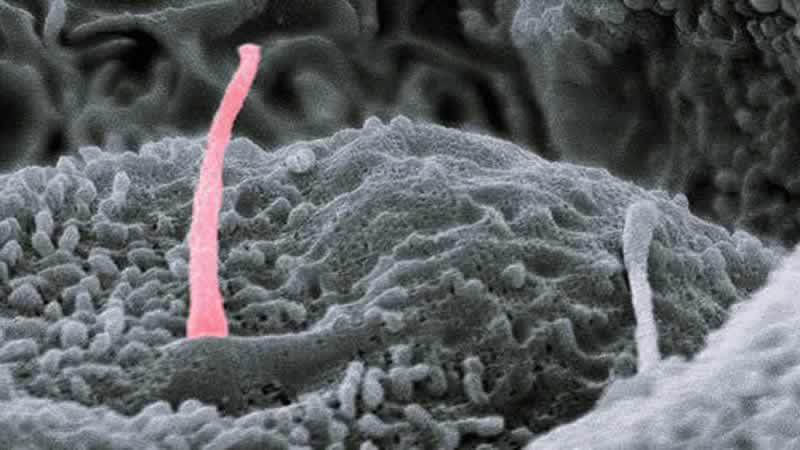
Are kidney cilia the key to understanding ADPKD?
The PKD Charity has awarded £10,000 to Newcastle University to analyse the cilia in kidney cells from ADPKD patients.
What are cilia?
Cilia are tiny antenna-like structures inside the kidney, which are important in understanding cyst growth in ADPKD (autosomal dominant polycystic kidney disease). Professor John Sayer and Dr Shalabh Srivastava will aim to match detailed clinical, biochemical, genetic and radiological data from about 60 patients from their Newcastle and Sunderland clinics with information about the cilia from cells grown from patients’ urine samples.
Dr Shalabh Srivastava, Hon Senior Clinical Lecturer, and Professor John Sayer, Clinical Professor of Renal Medicine, Newcastle University share details of their research study in cilia phenotypes, plus an overview of what's in the ADPKD research pipeline.
Urine is simple and easy to collect at clinic appointments. Newcastle is a leading centre for the development of kidney cell cultures from urine, and this cutting edge technique will allow new insights to be made. The technique has already been used by the researchers in other rare conditions where the cilia go wrong and cause cystic kidneys.
Pilot project may lead to more effective targeting of therapies
This pilot project will run for 12 months and will provide important data to support a larger application for a nephrology trainee to undertake a clinical research training fellowship at Newcastle. The longer-term aim is to develop and offer patients more effective targeting of therapies.
- Hits: 3282